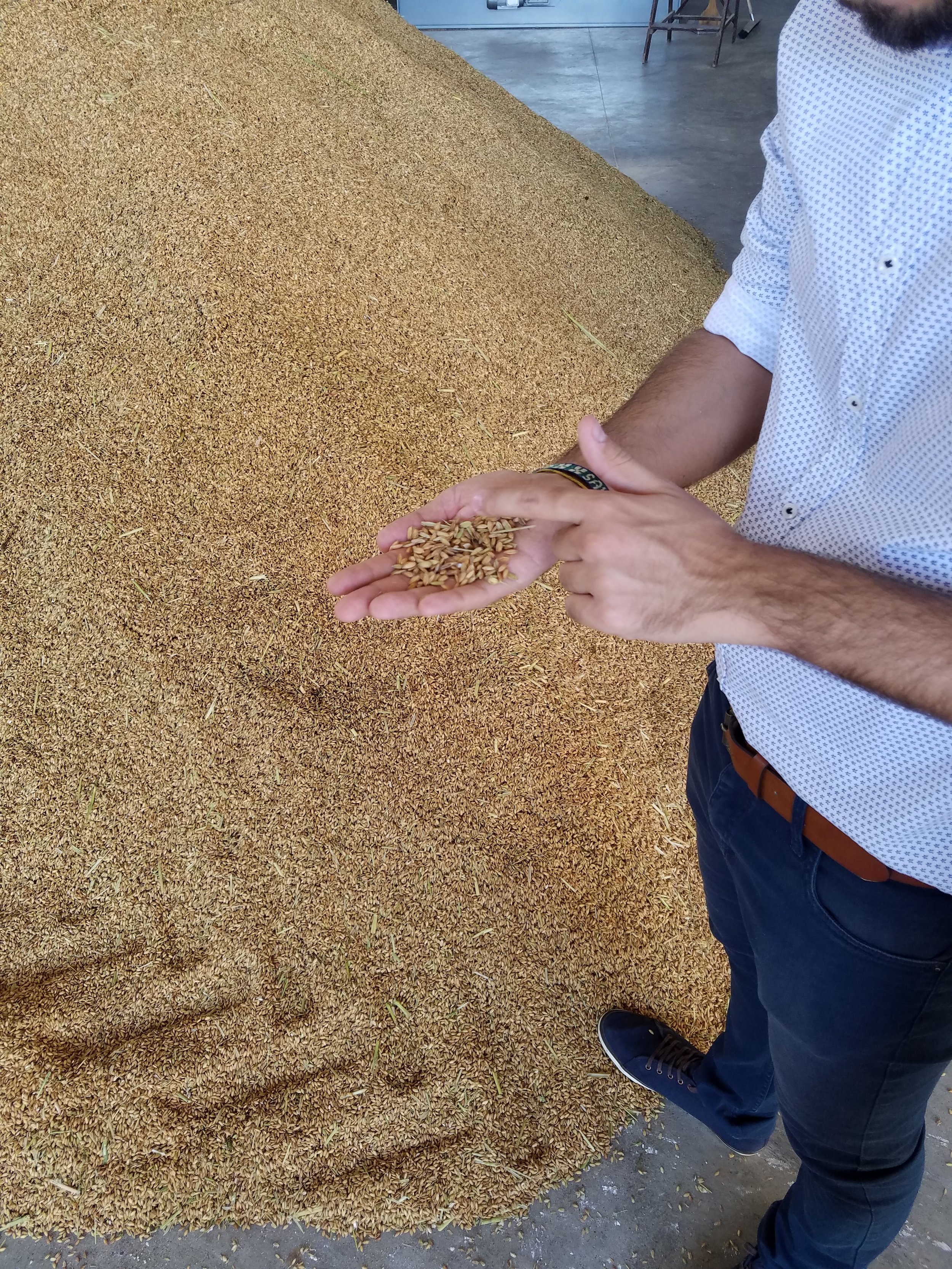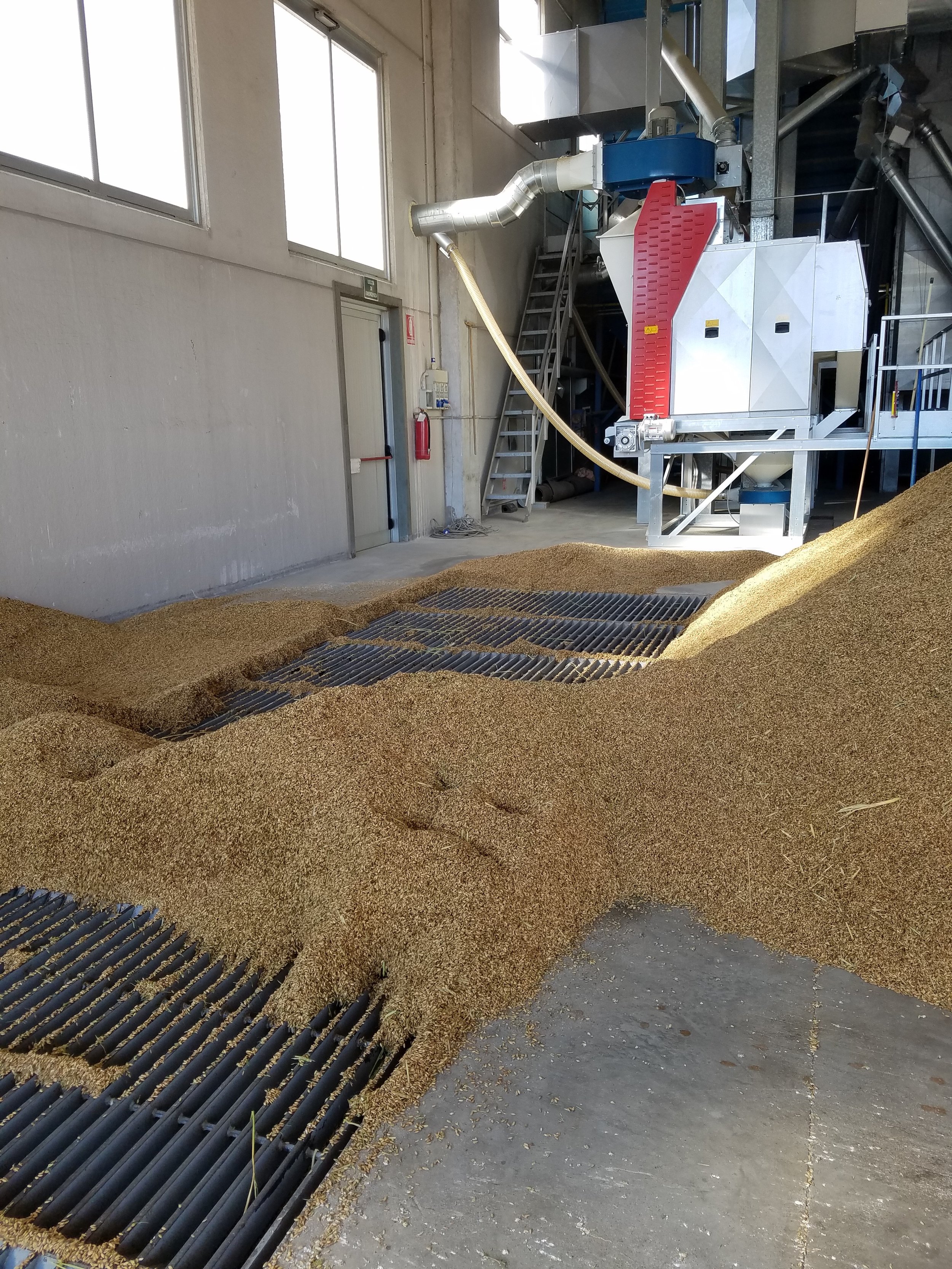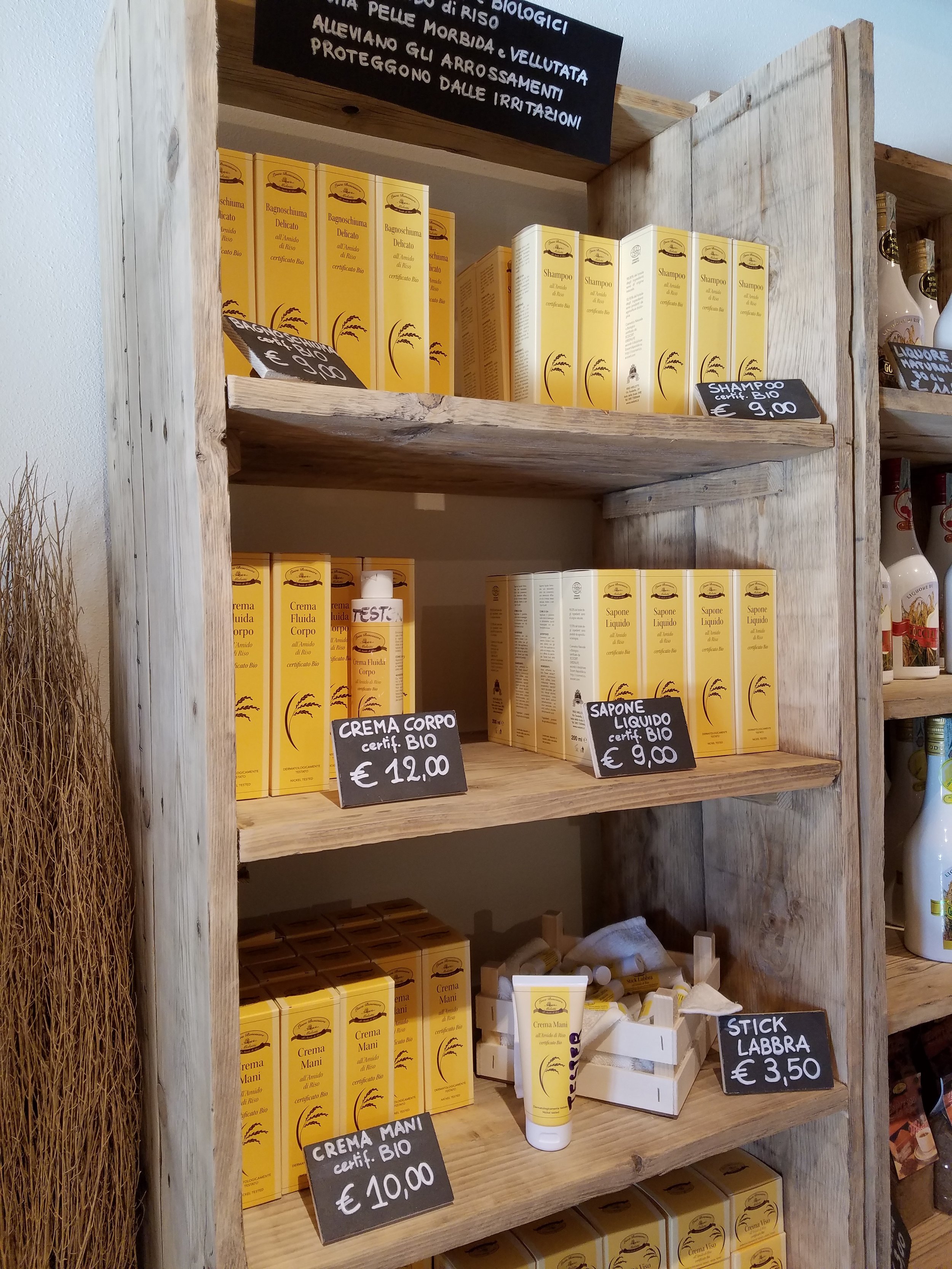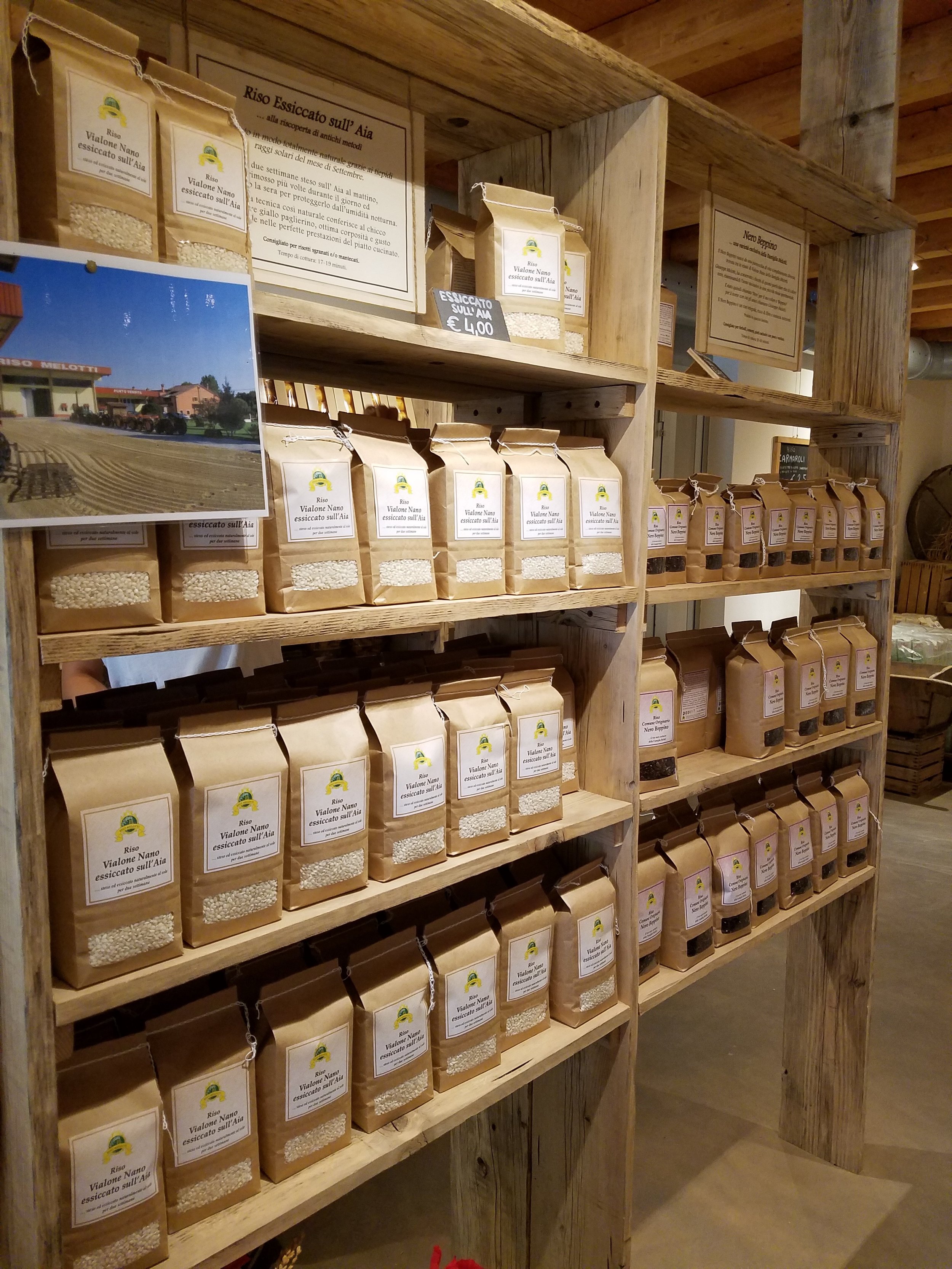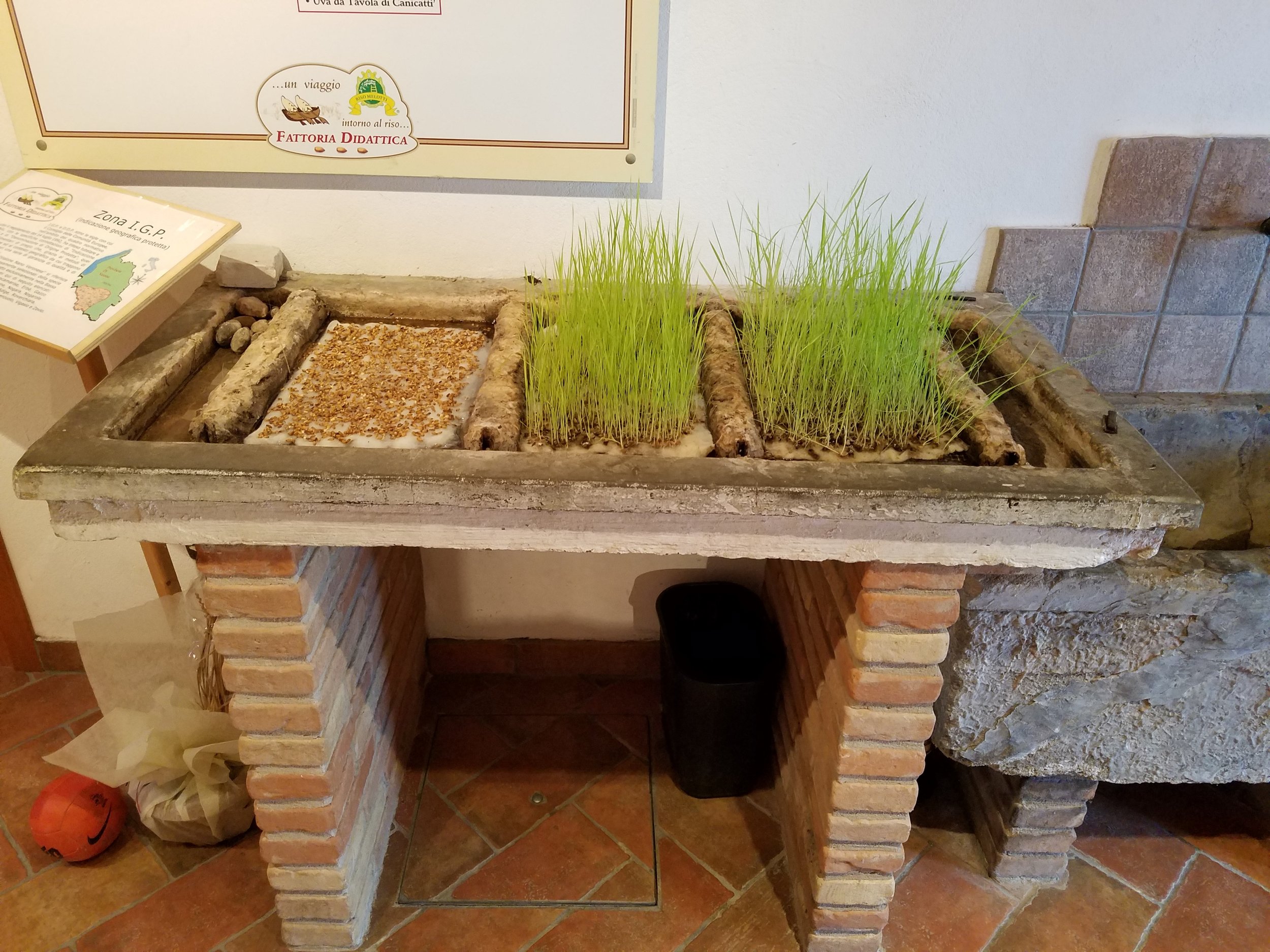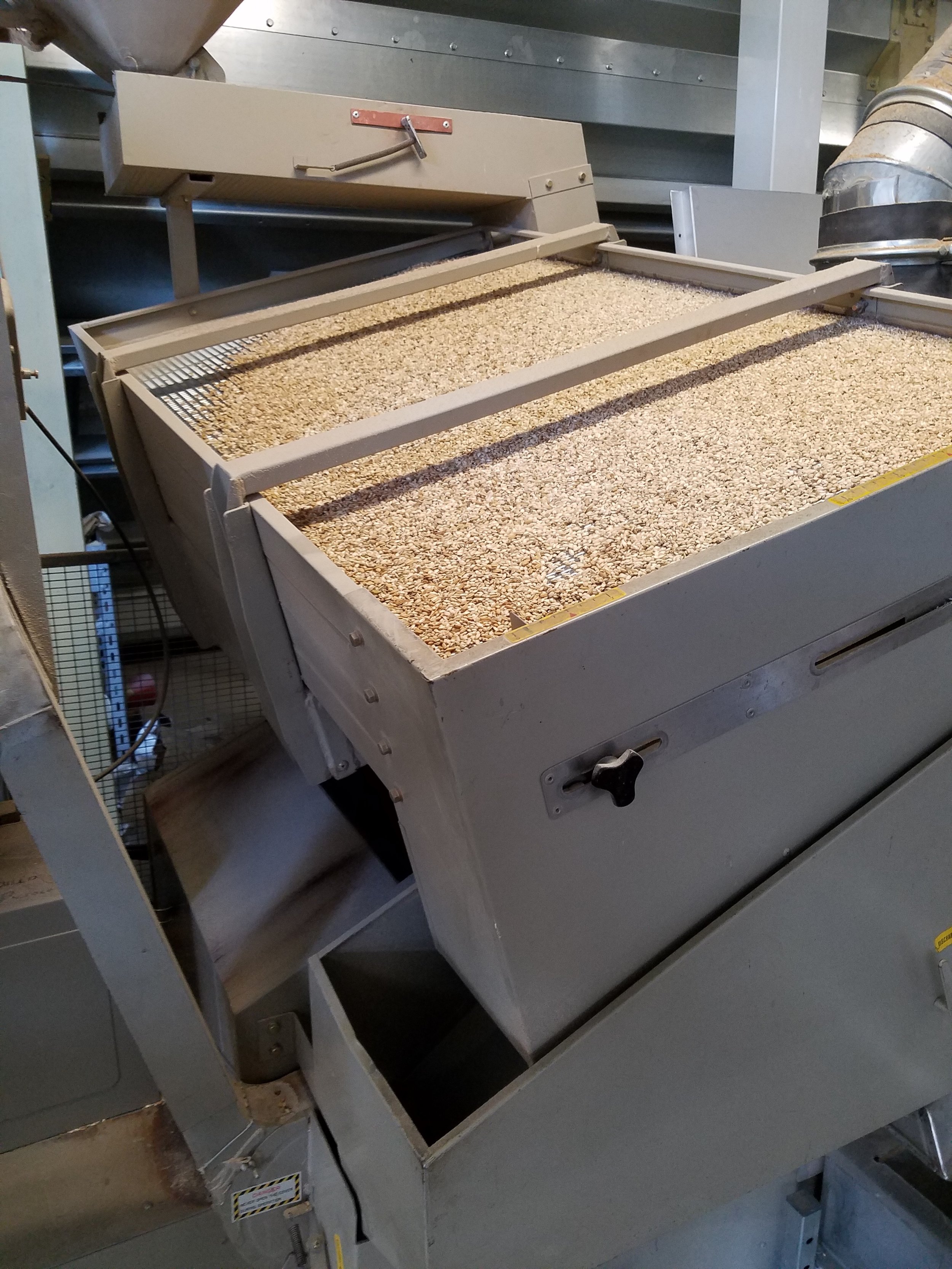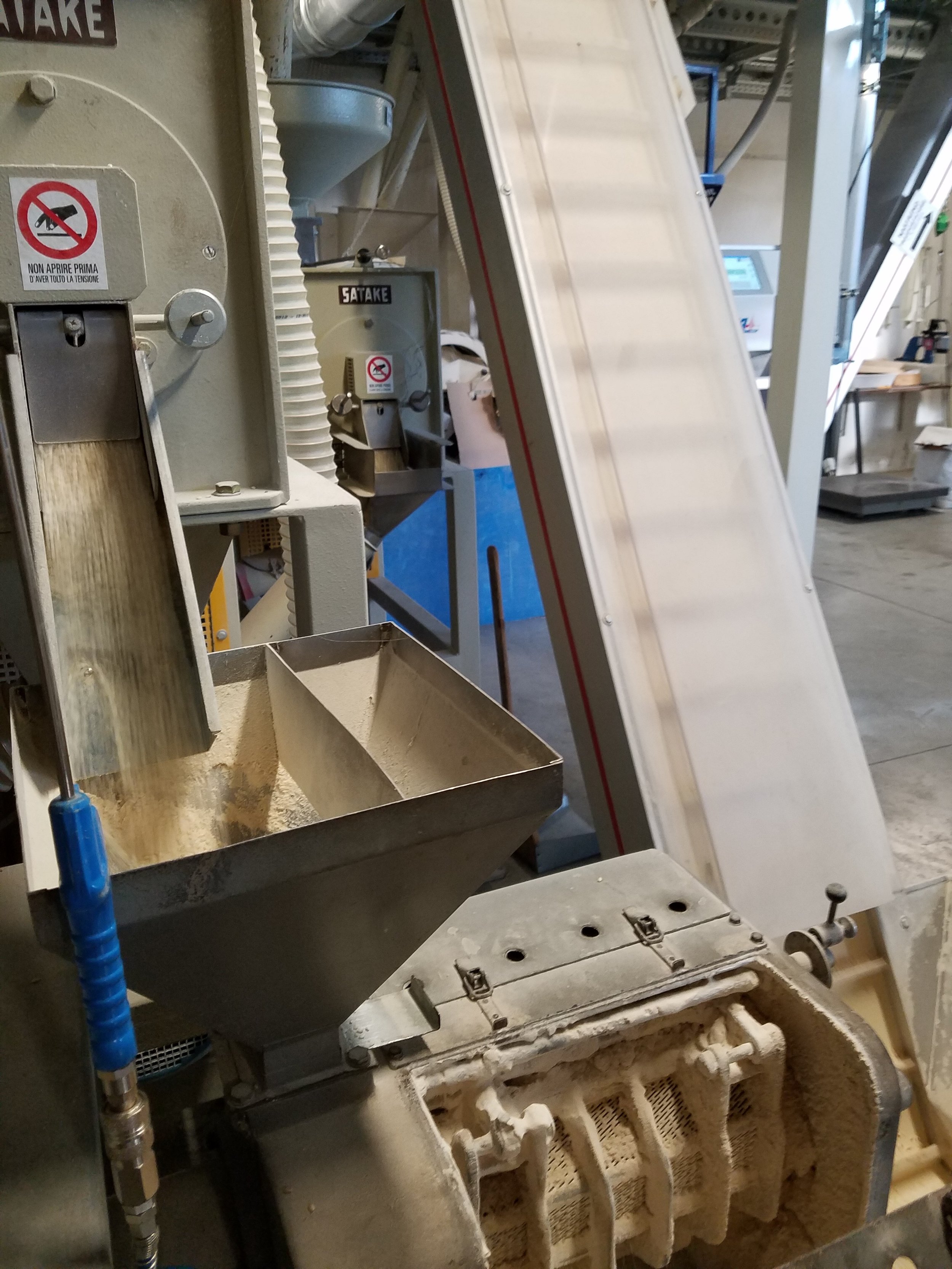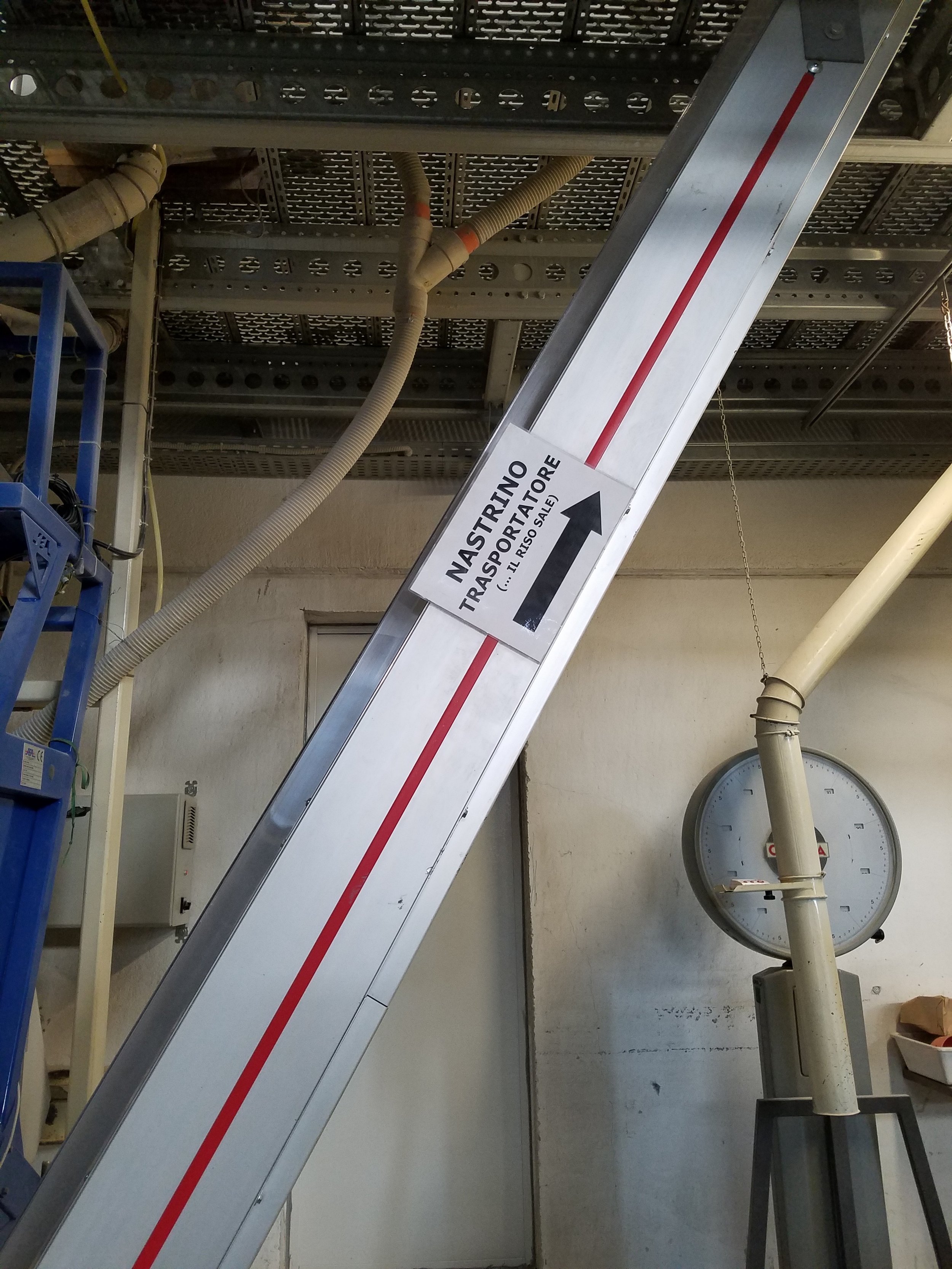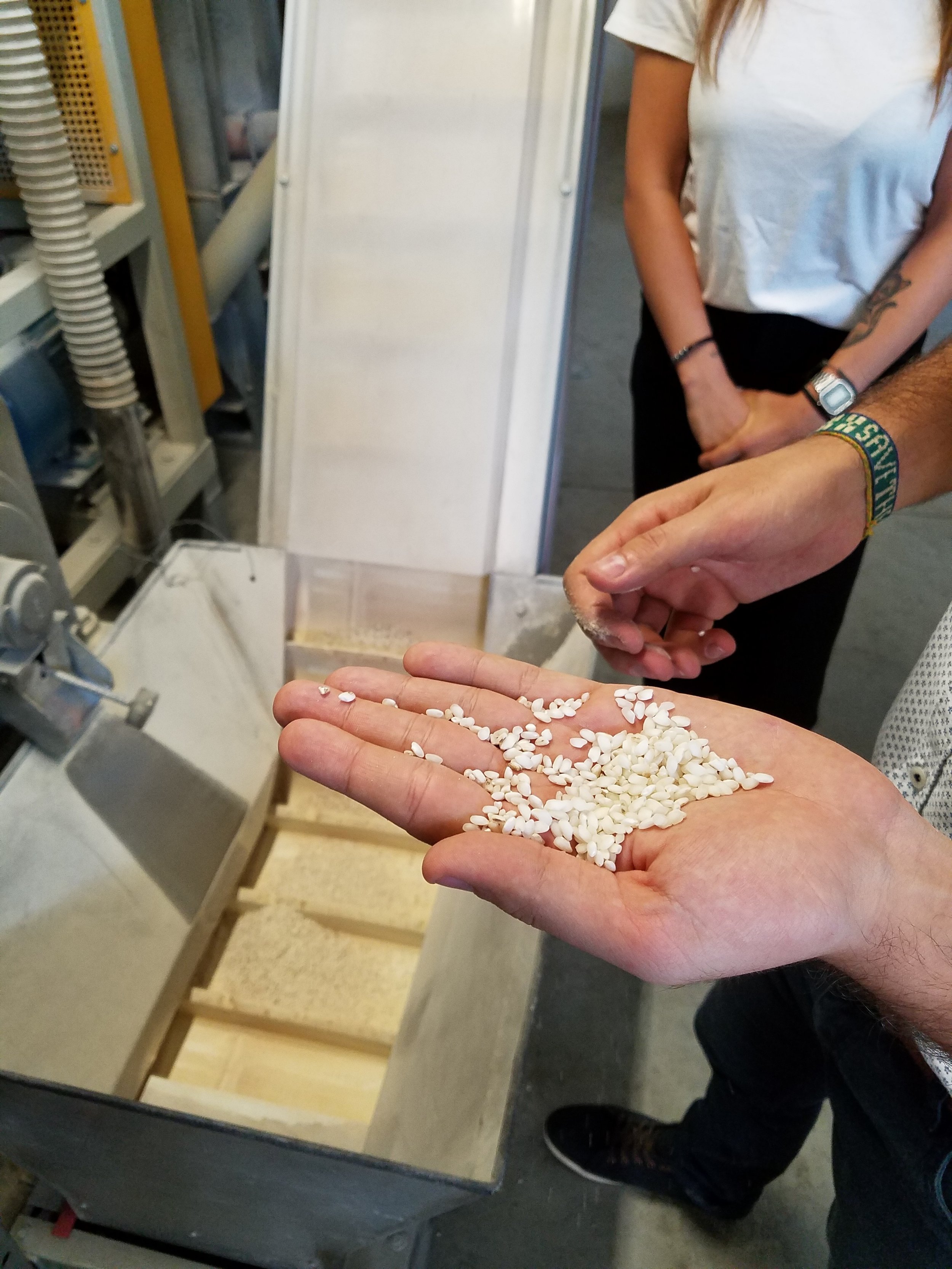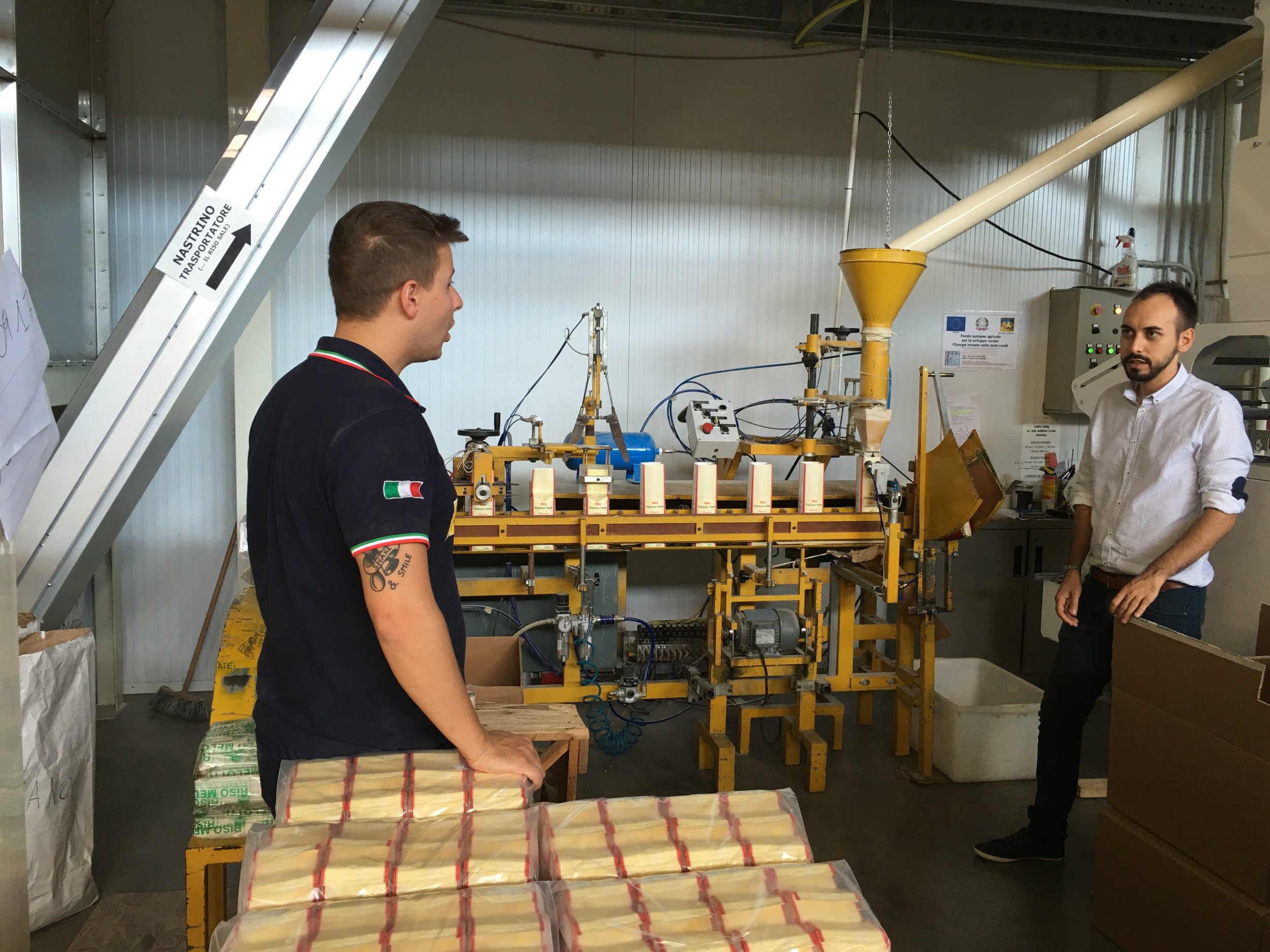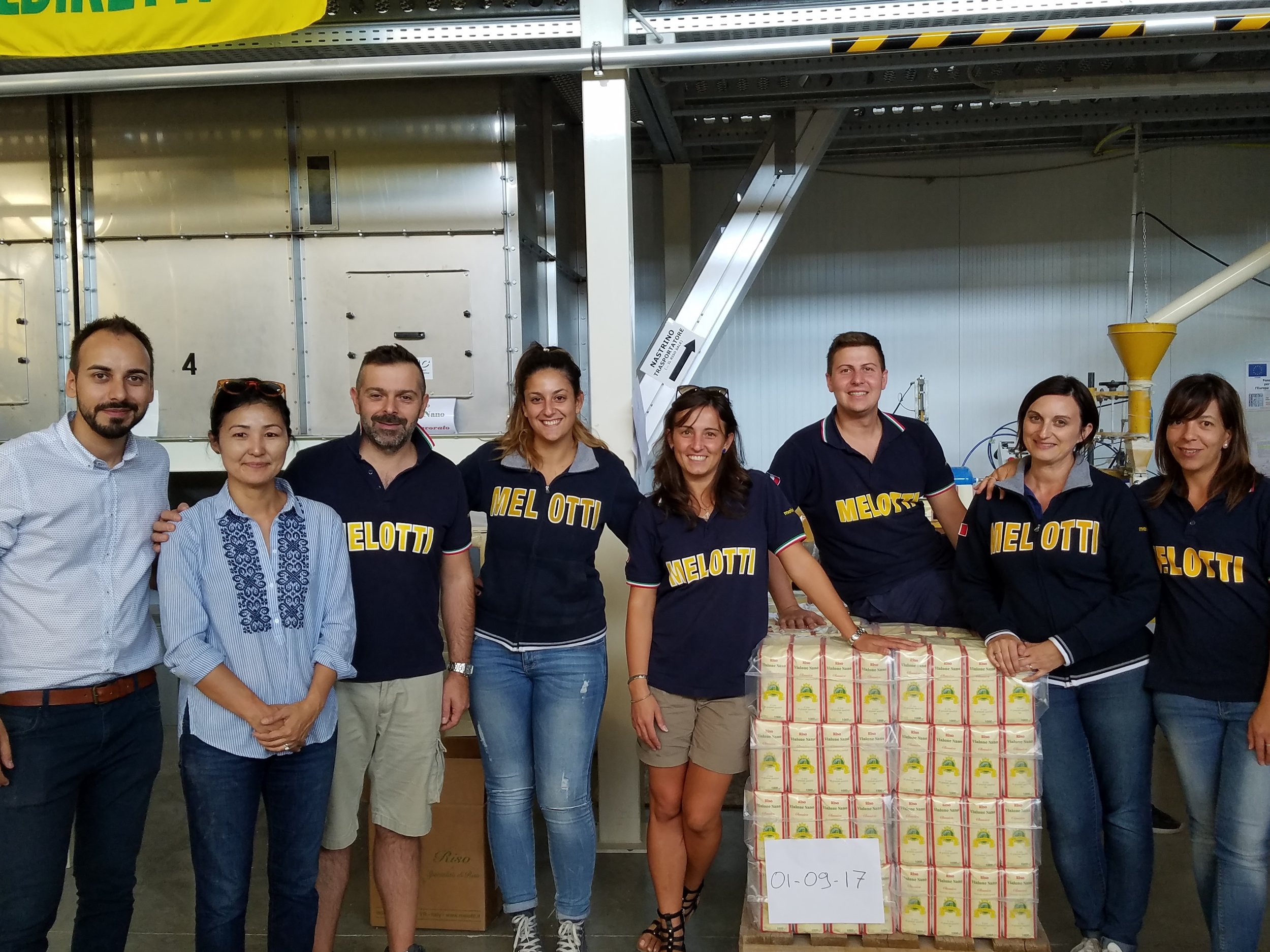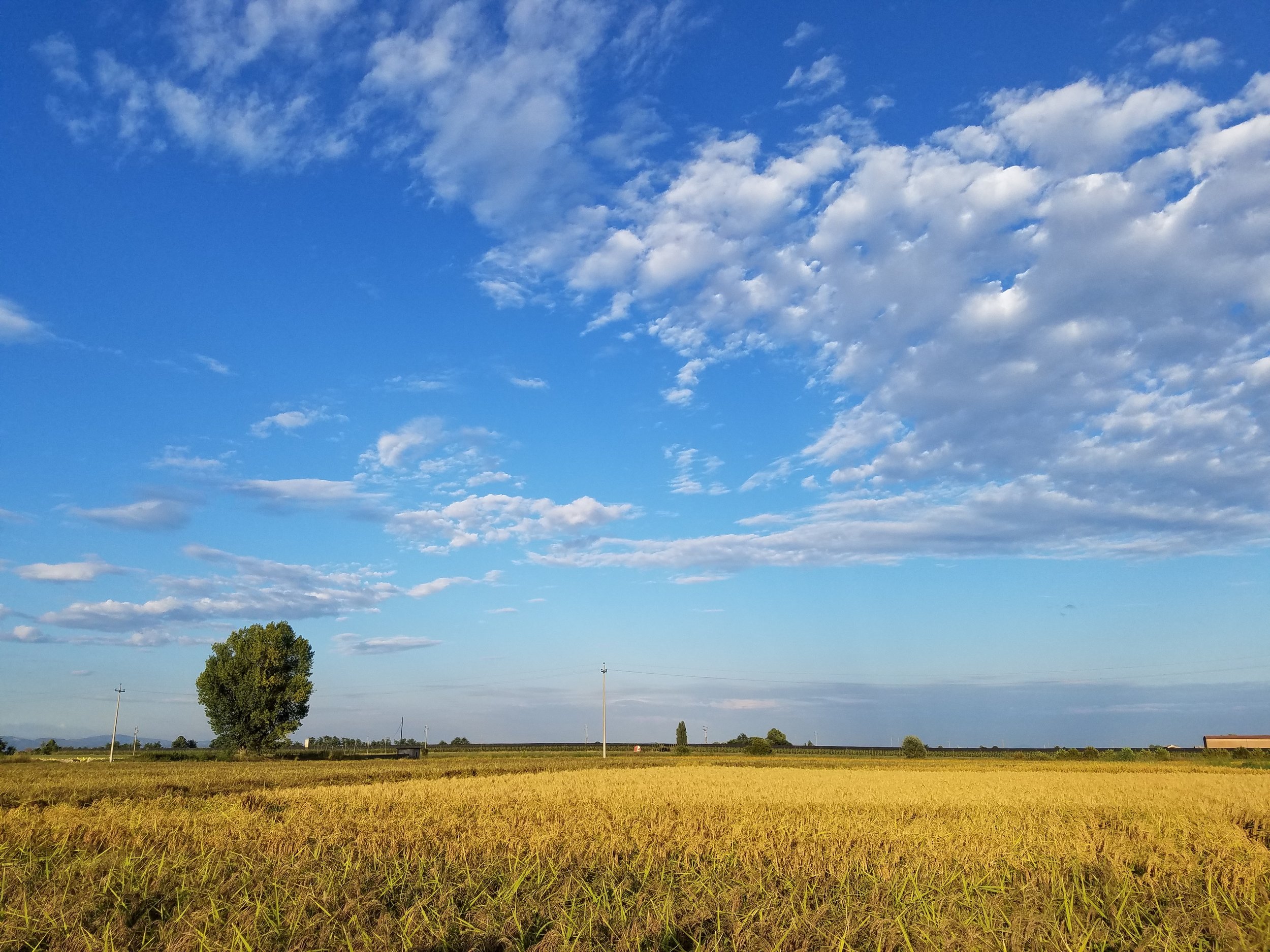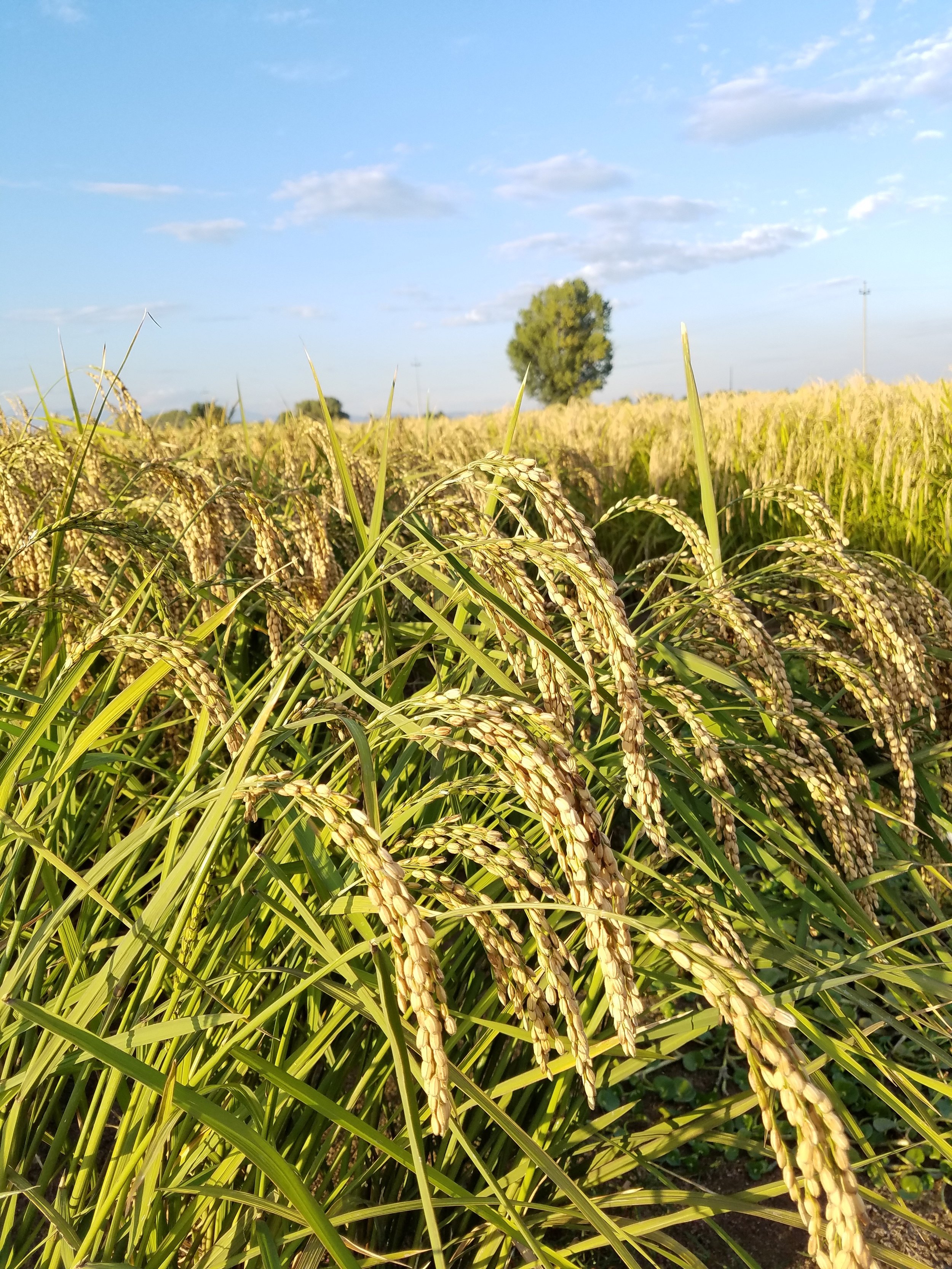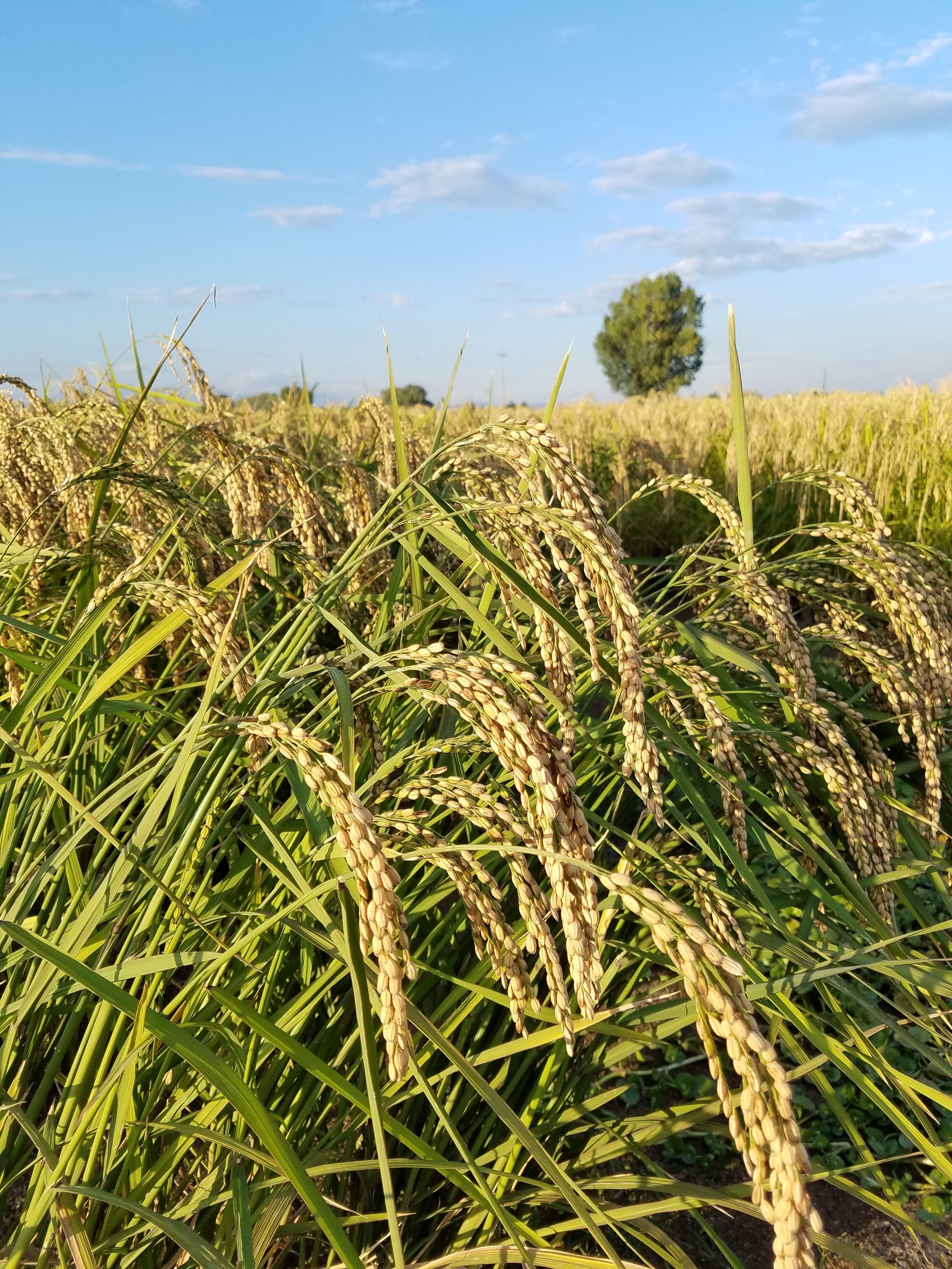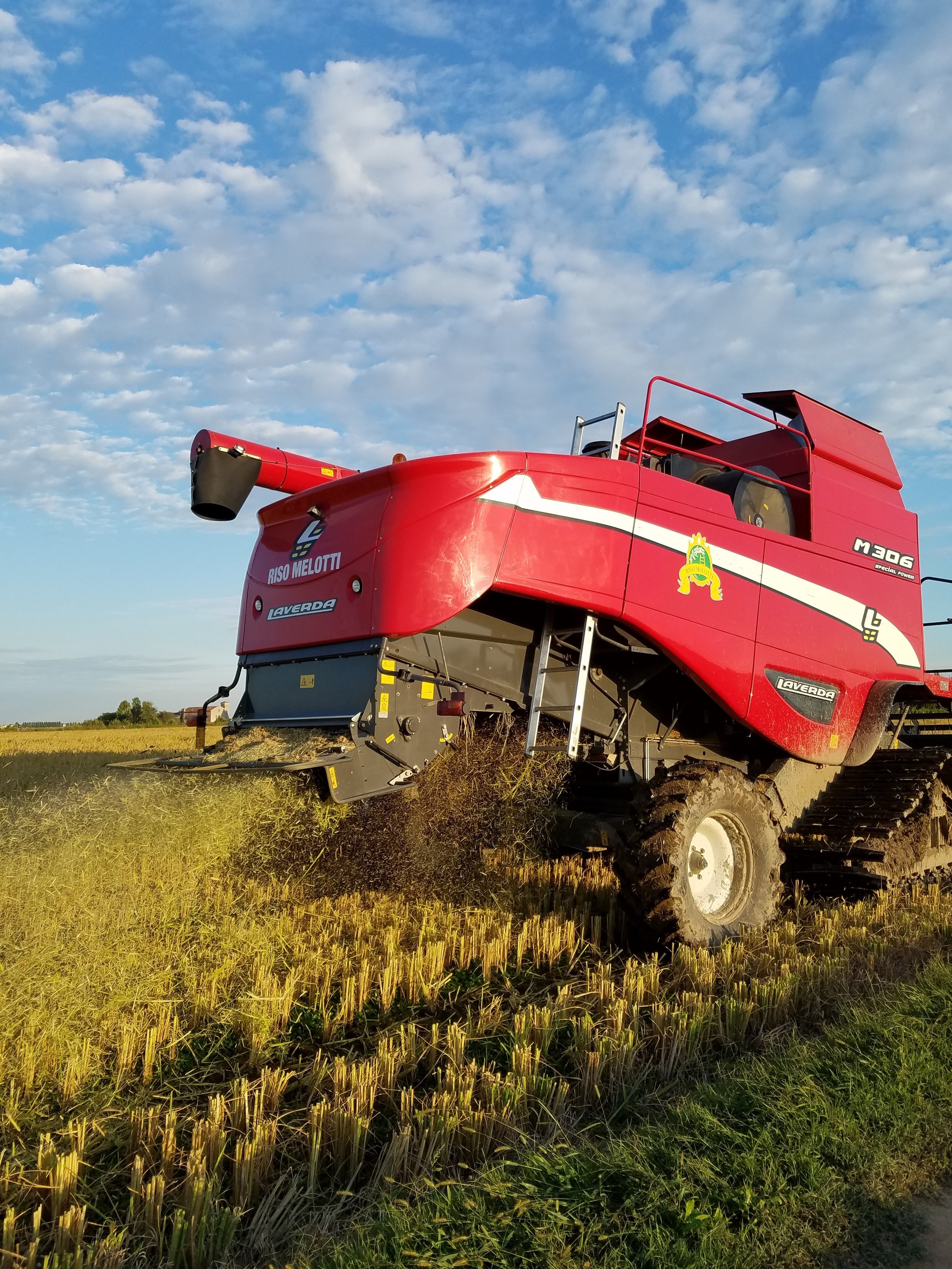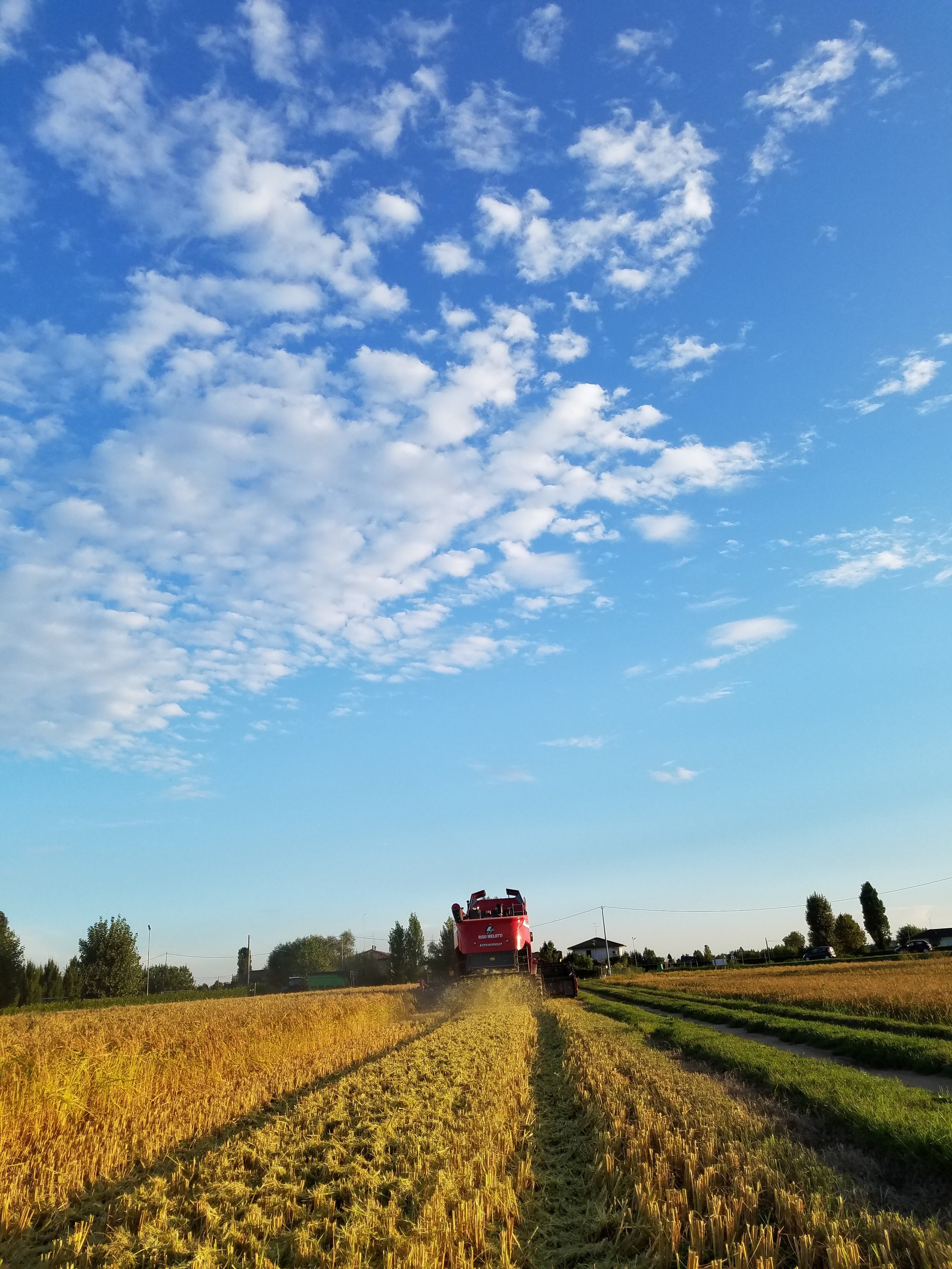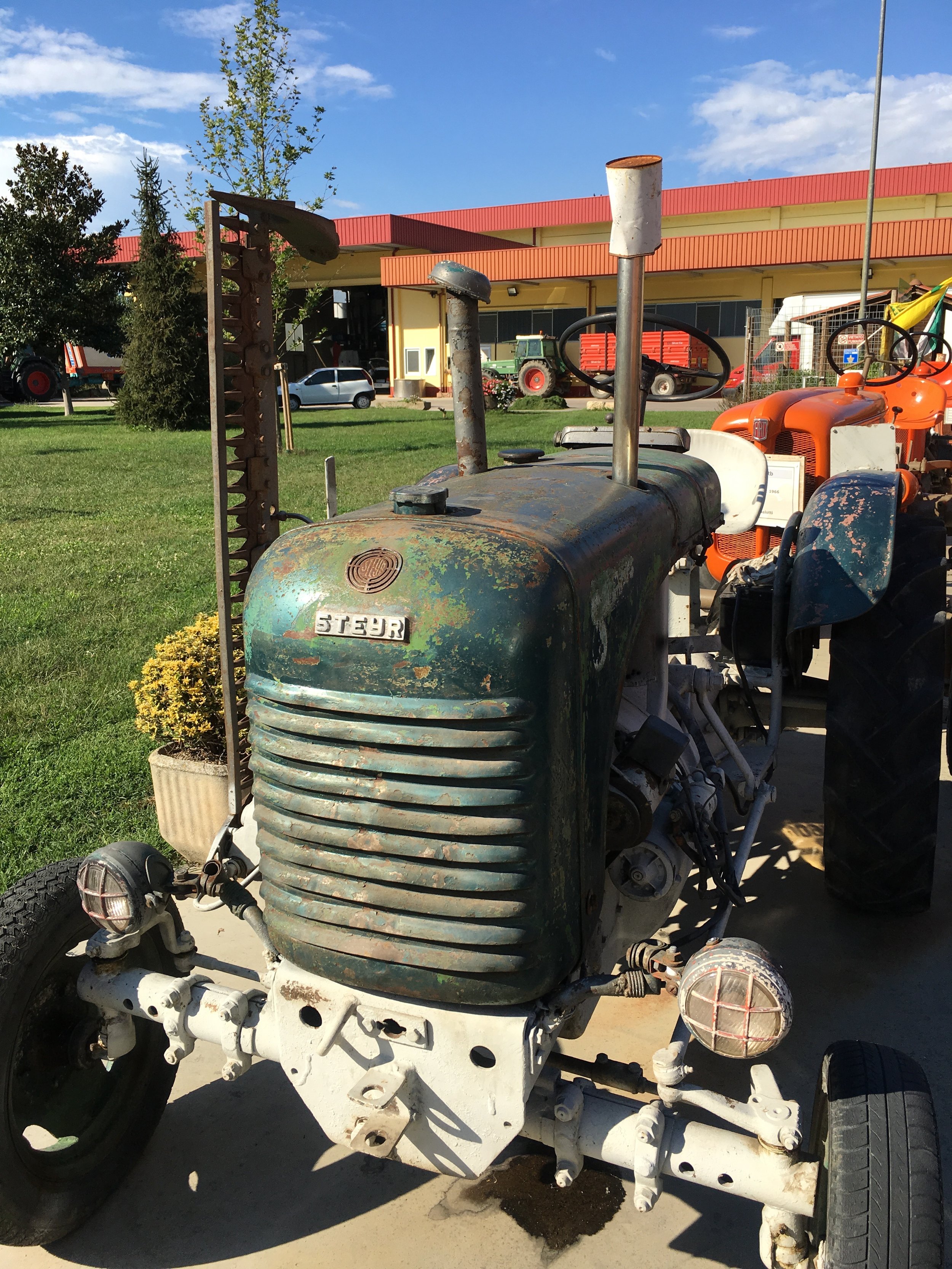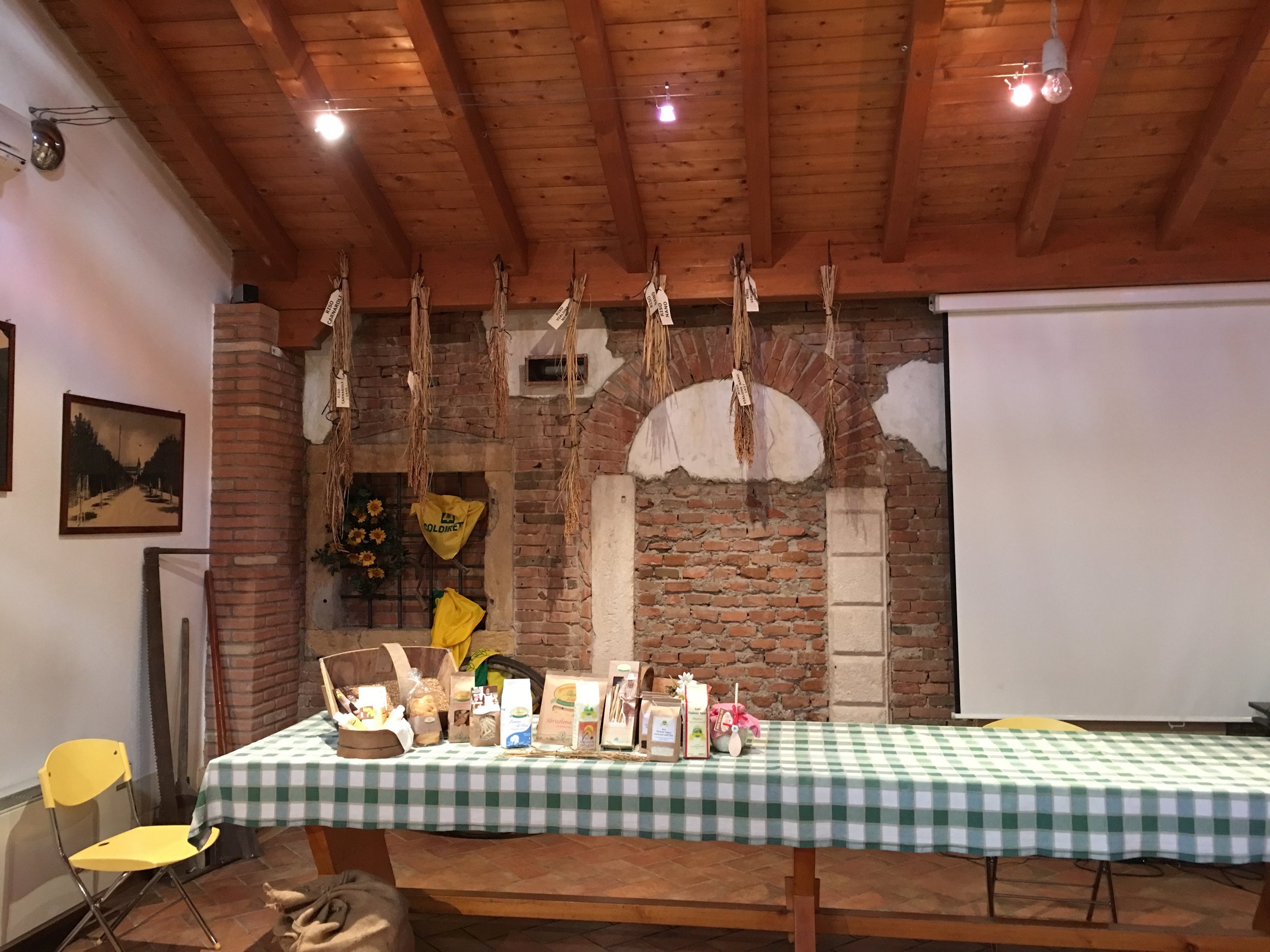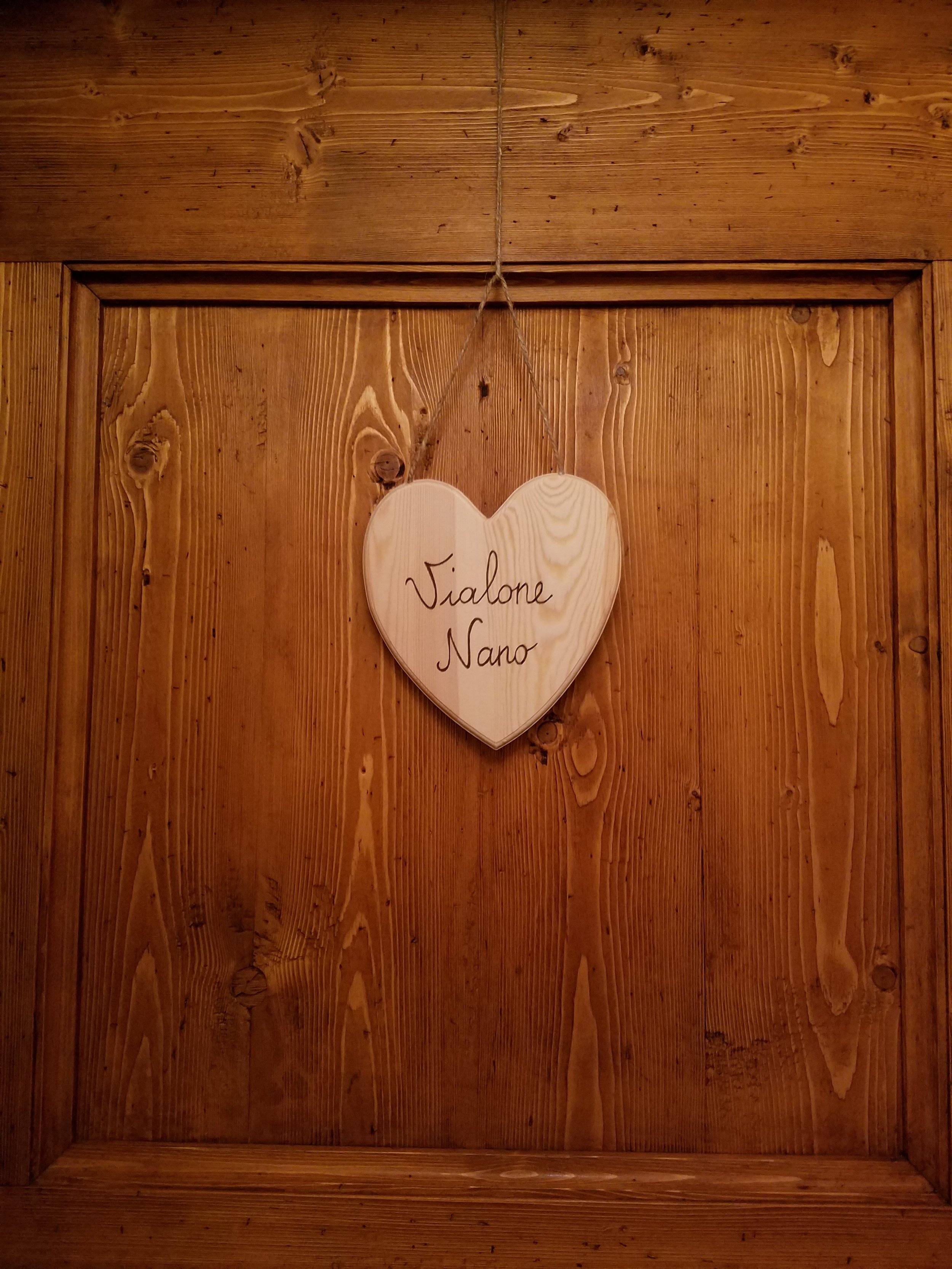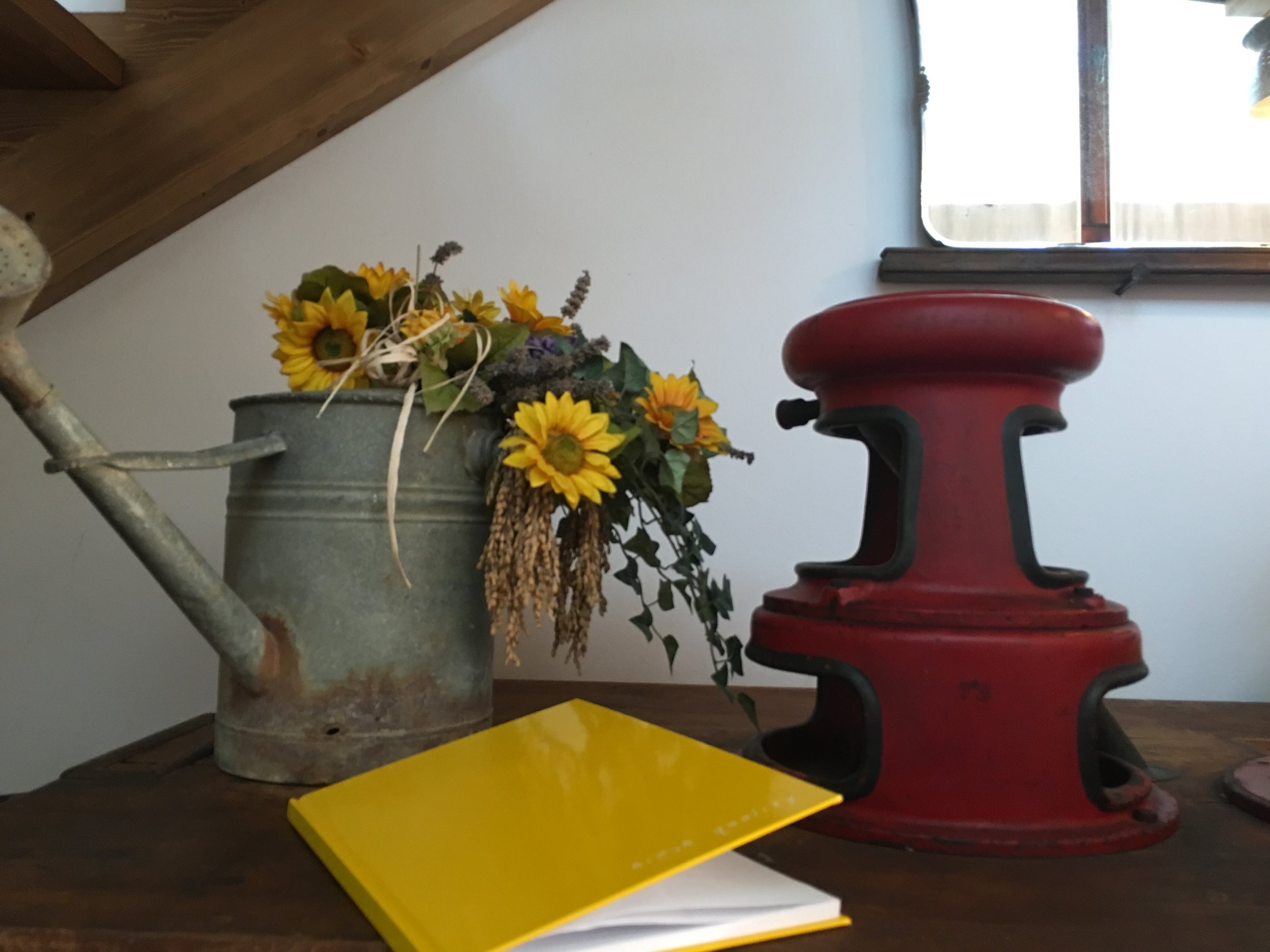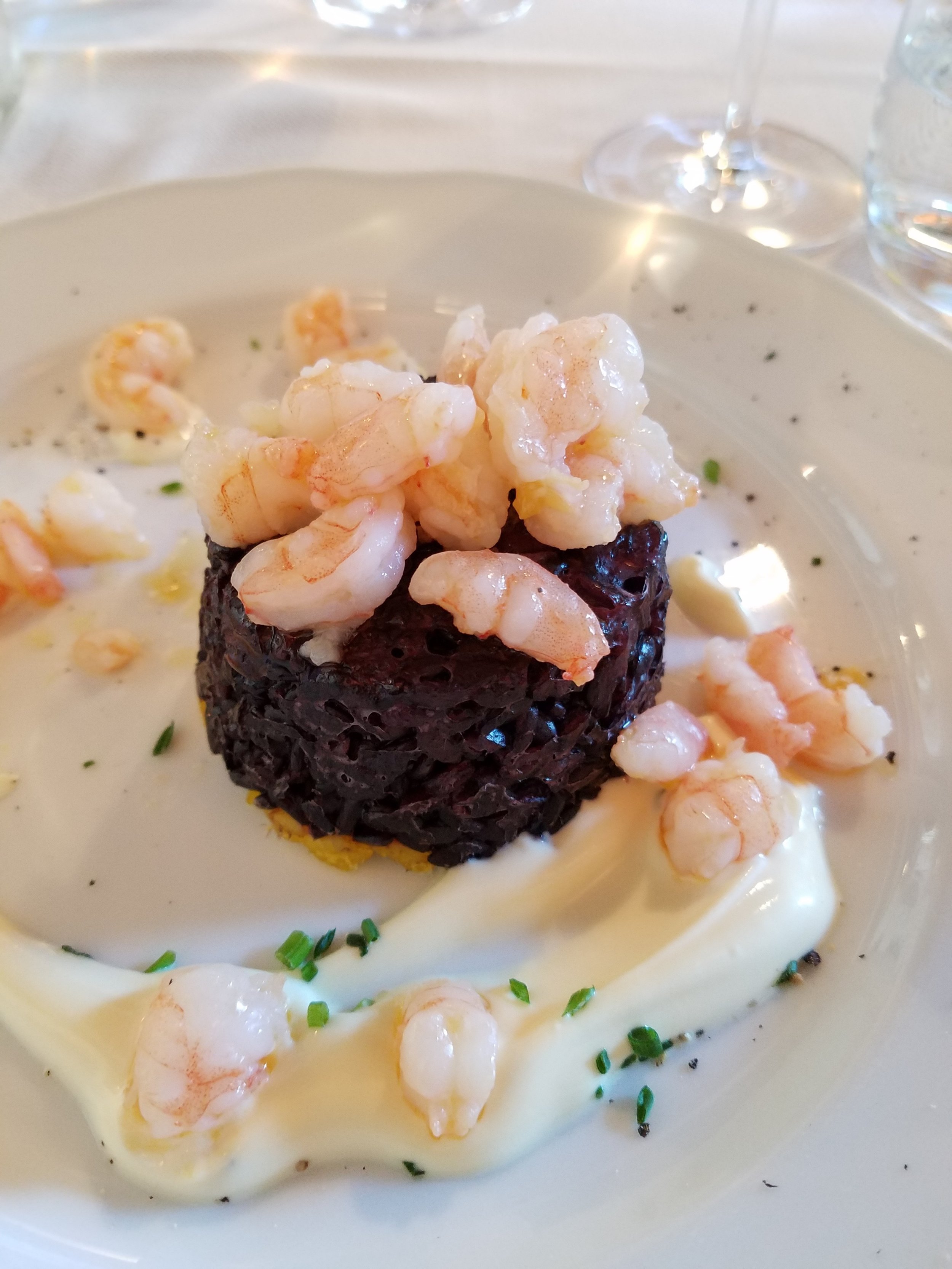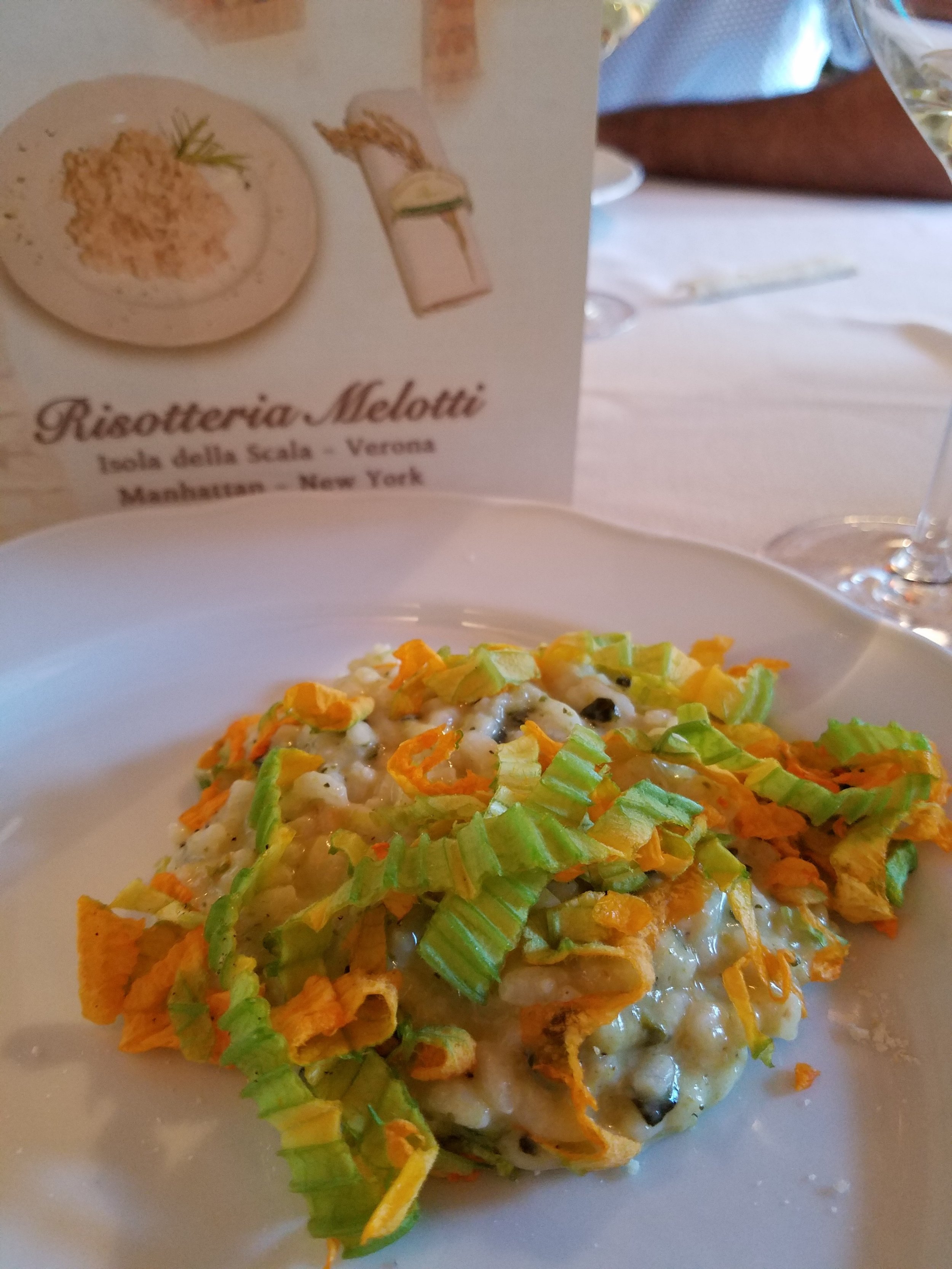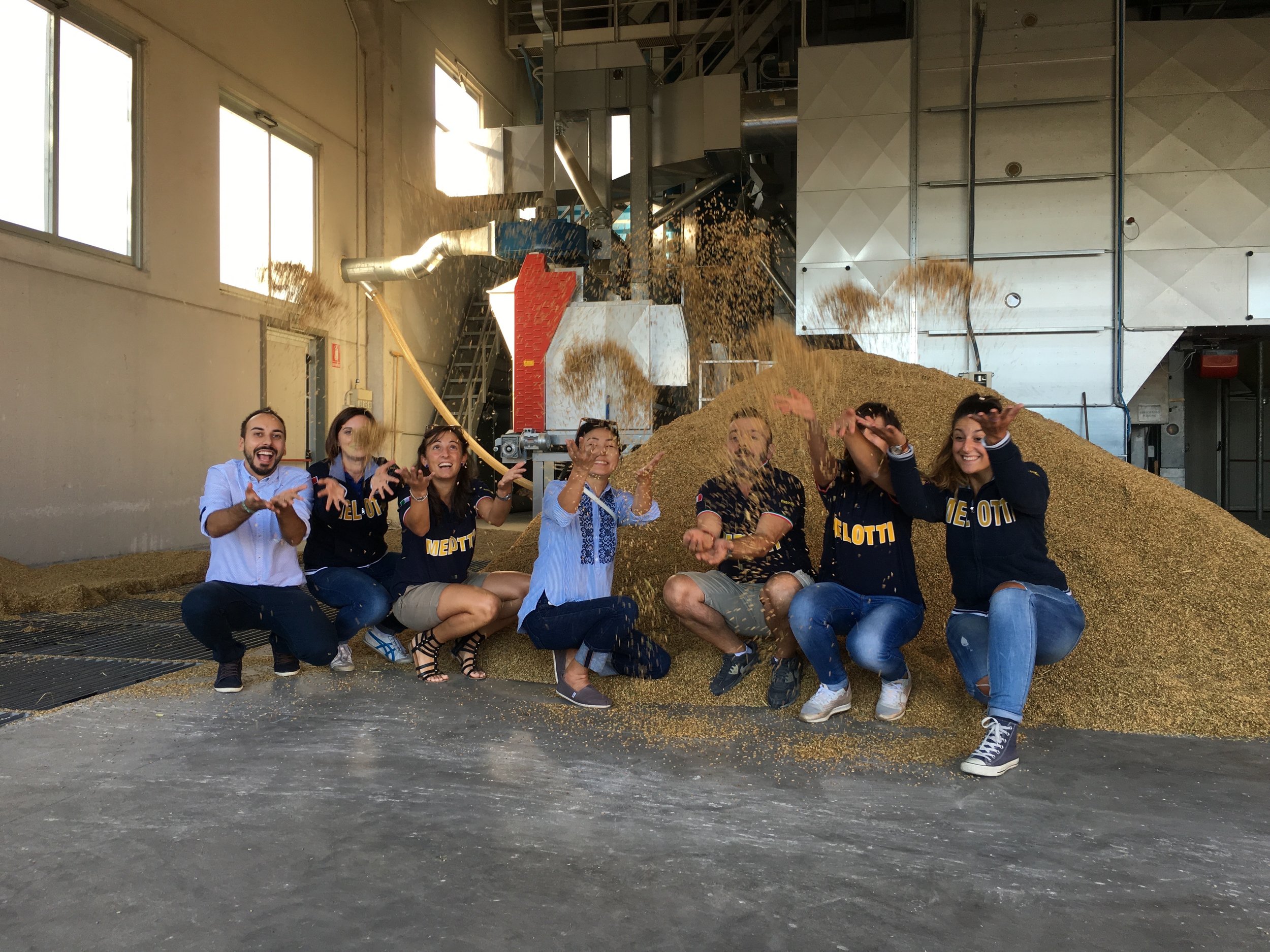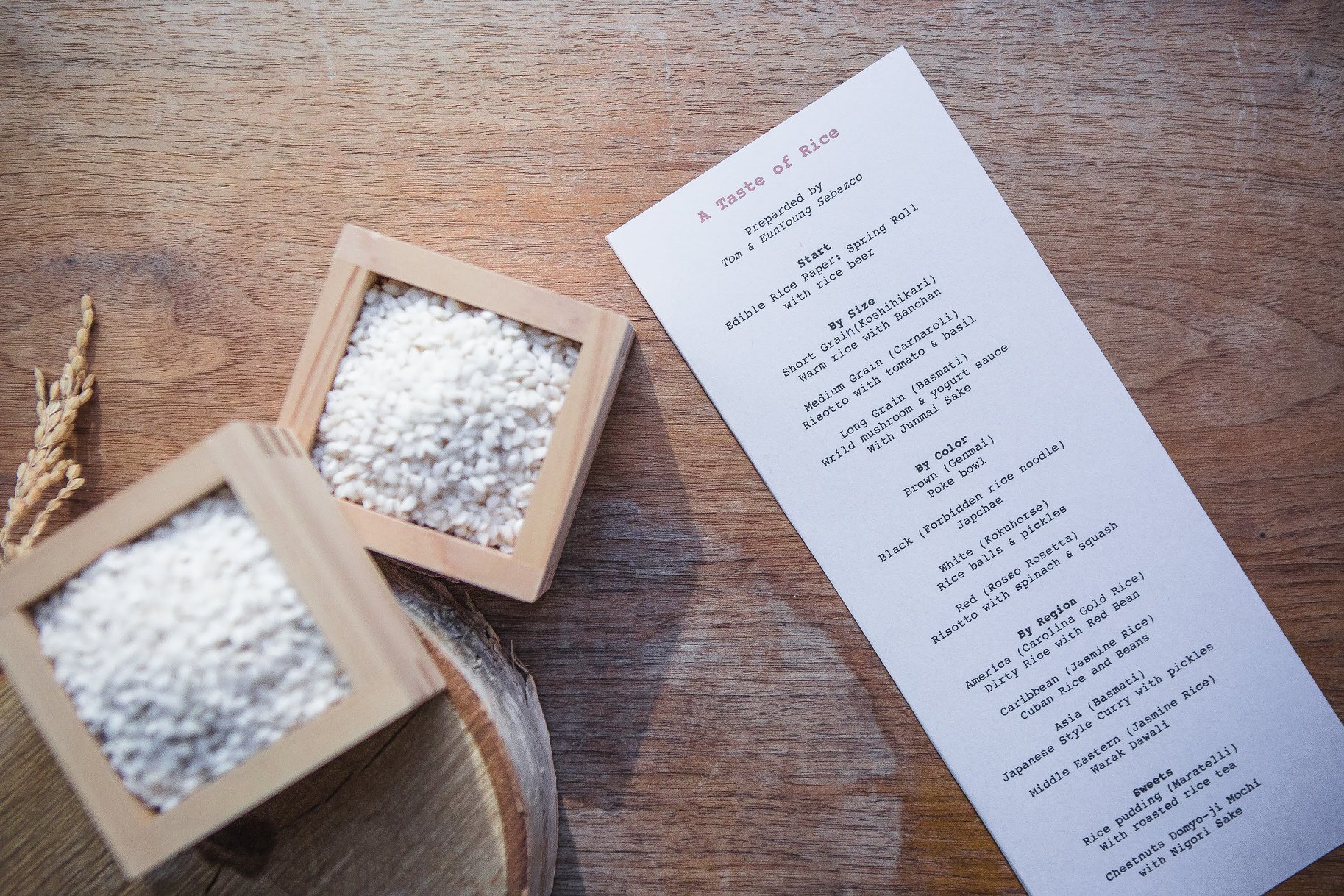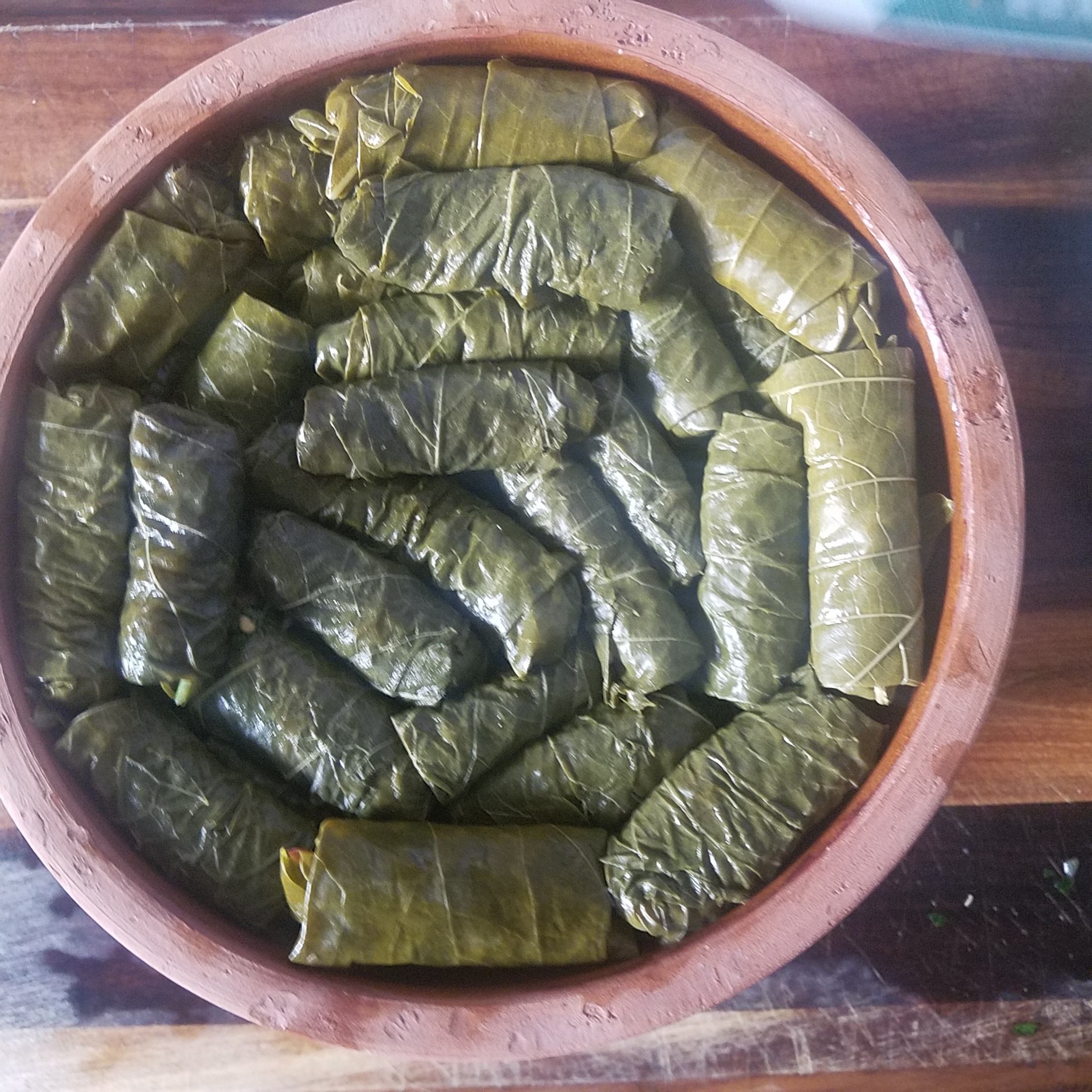Polyculture in rice growing
/Polyculture is a type of agriculture that uses multiple crops in the same space, providing crop diversity in imitation of the diversity of natural ecosystems; avoiding large stands of single crops, or monoculture.
Many rice growers in Asia grew rice in the early spring when the fields along the valley bottom were still flooded from the spring rain. The water helped control the weeds. Over the years they learned to create a complex polyculture with soybeans growing around the fields, fish in the fields as a sort of aquaculture and duck and geese eating weeds and insects before the fields were flooded.
This ecological science design of polyculture gives us an opportunity to use these diverse techniques and incorporate them into a new adaptable way for us to inhabit the healthy Earth.






